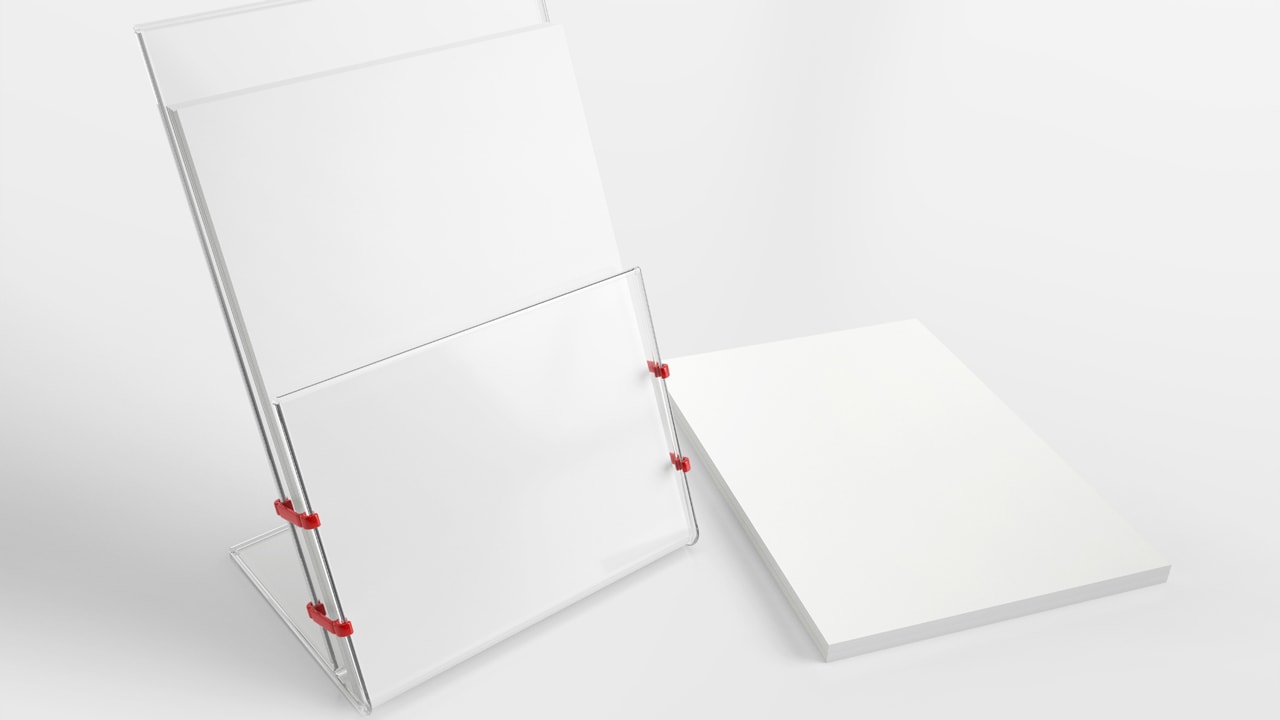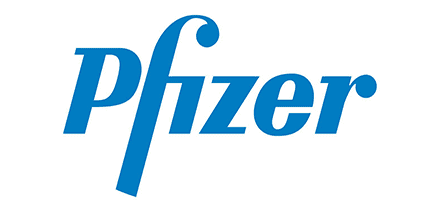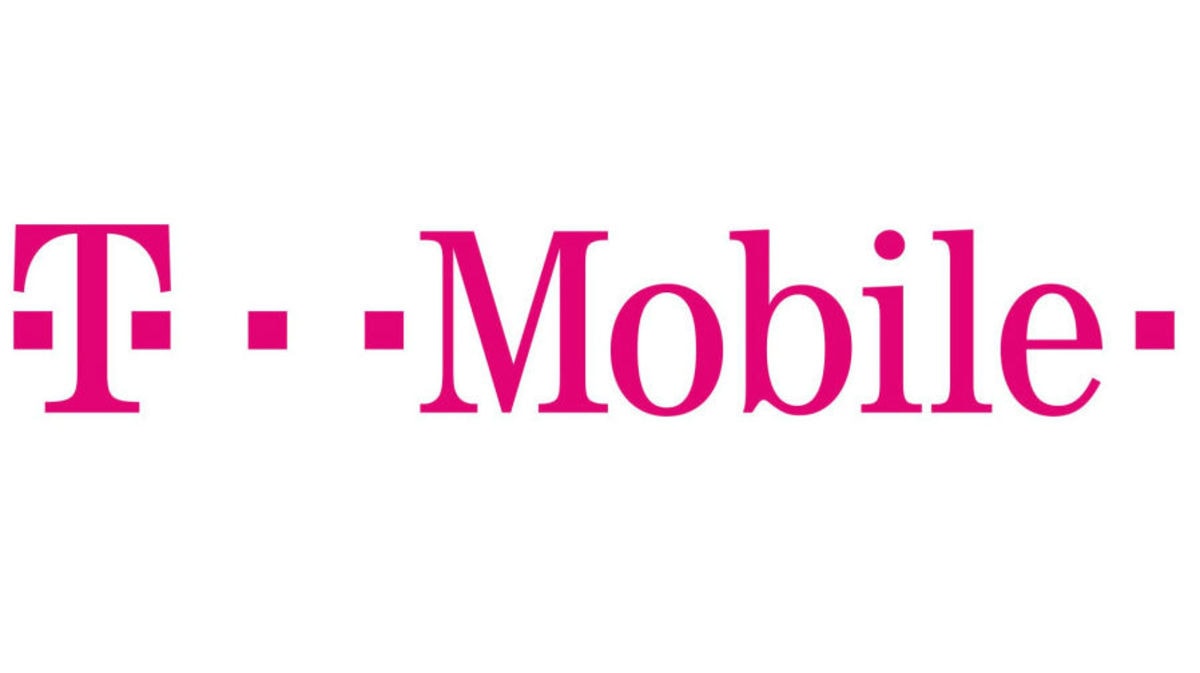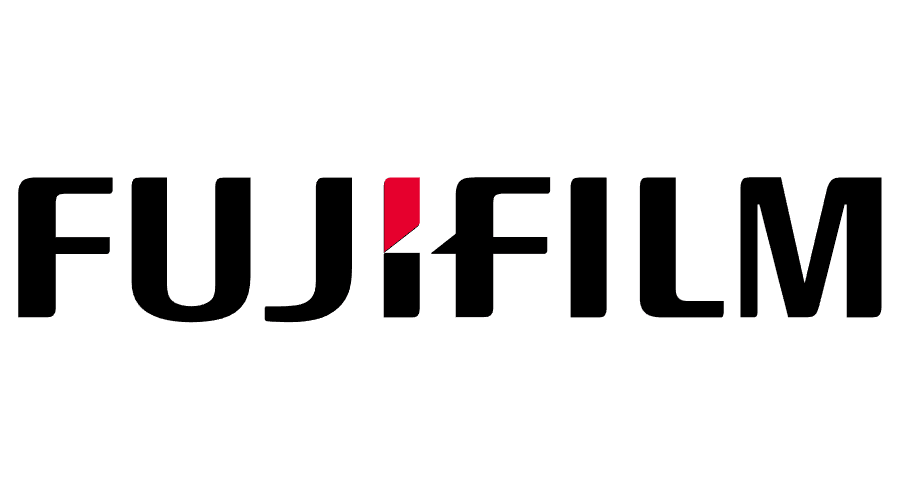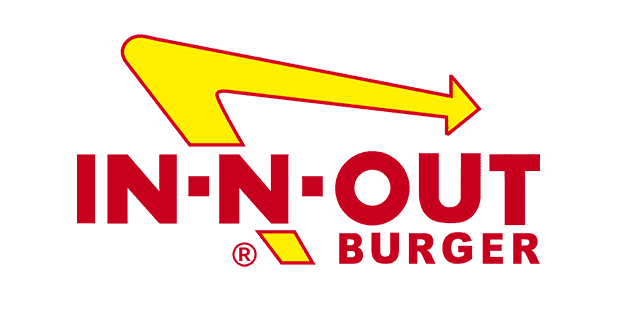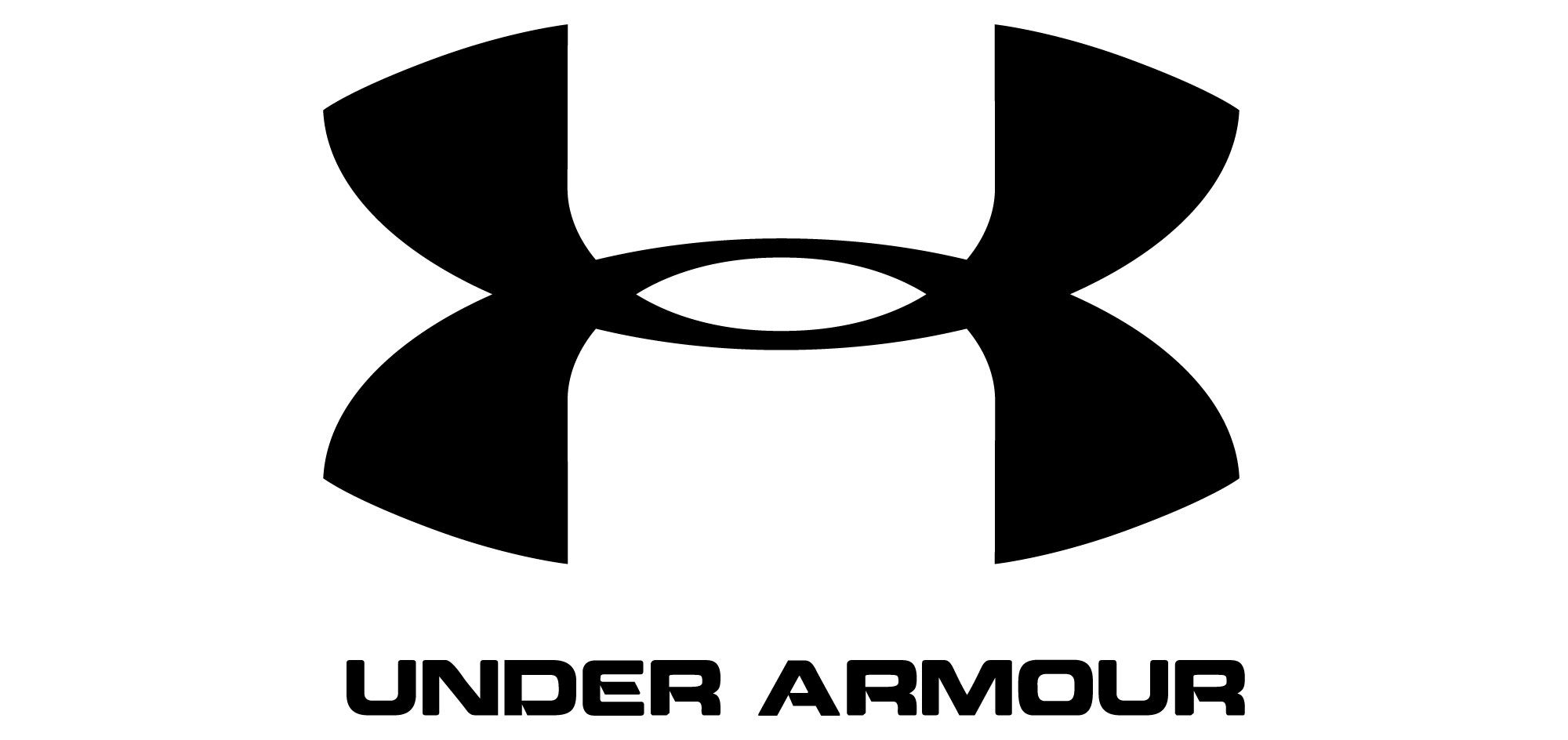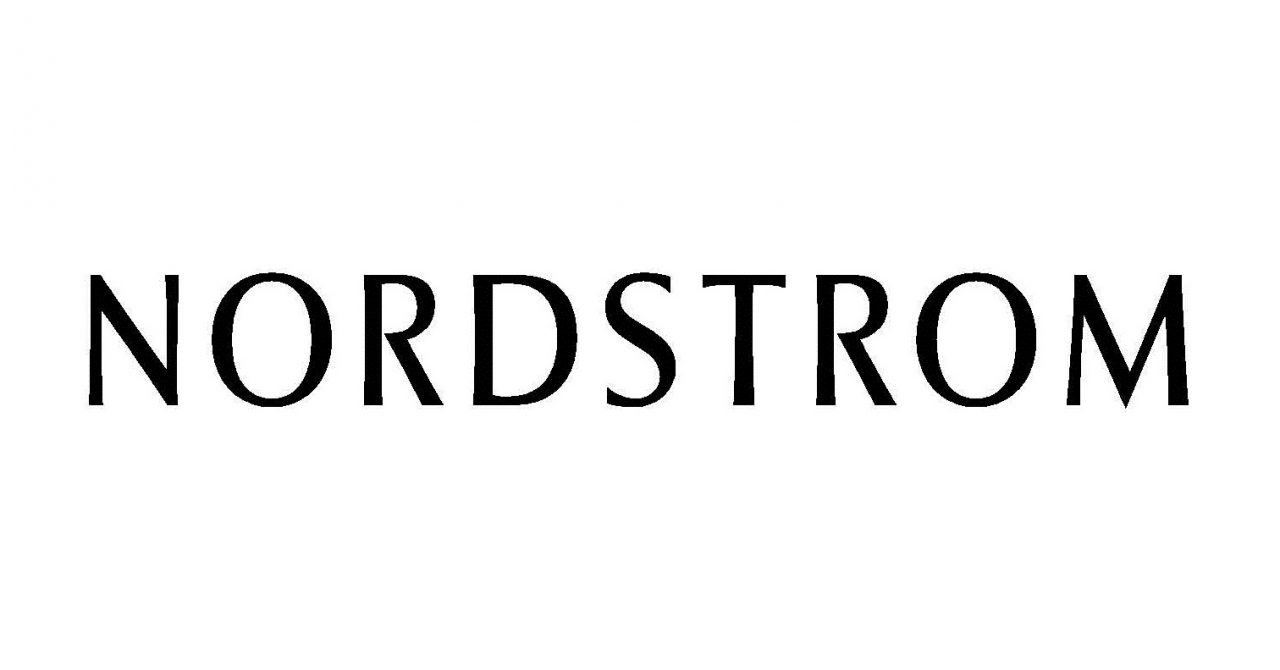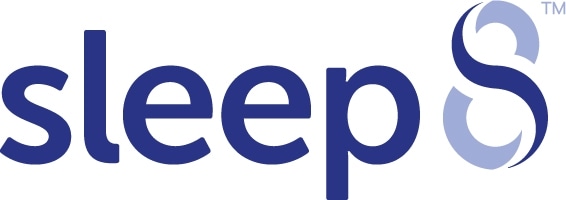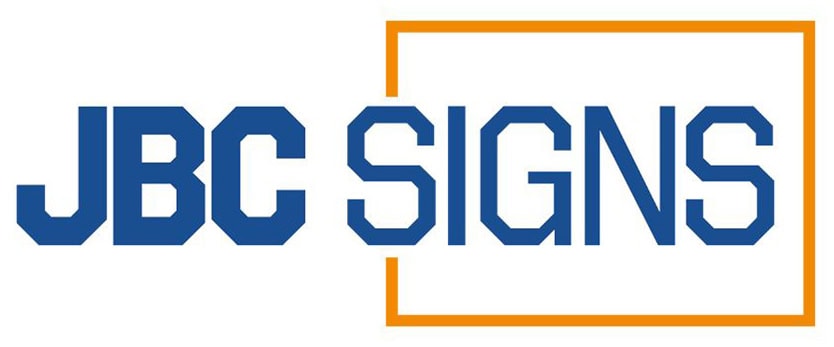Key Takeways:
- Affordability: Polystyrene is a cost-effective material that provides an affordable option for businesses needing brochure holders and displays without compromising on quality or durability.
- Lightweight Yet Sturdy: Despite its light weight, polystyrene offers excellent sturdiness, making it easy to handle and transport, while still providing a reliable and long-lasting solution for displays.
- Clear and Professional Appearance: Polystyrene holds a crystal-clear finish that enhances the visibility of brochures or promotional materials, giving a polished and professional look to displays.
- Customizable and Versatile: The material can be easily molded into various shapes and sizes, allowing businesses to customize their brochure holders or displays to fit specific branding needs and design preferences.
- Durability and Resistance to Impact: Polystyrene is resistant to cracking or breaking under normal use, making it an ideal material for brochure holders and displays that will be handled frequently in retail or promotional settings.
If you have a brick-and-mortar store, then you know the value of retail displays. Utilizing brochure holders and literature holders can help you provide the information that your customers are looking for. There’s nothing fancy about them but they can be effective.
For retail displays, literature holders play a crucial role. They can carry the information that customers need to learn about your product. Usually, acrylic holders and literature displays are used in stores.
In this article, however, we will look into the use of polystyrene (PS) as literature display holders. We will discuss the benefits offered by this sign and brochure holder.
What is Polystyrene?
Before we delve into the world of brochures, pamphlets, and literature holders—we need to discuss what Polystyrene is. What is this material and is it better than acrylic holders or acrylic displays?
Polystyrene is a transparent thermoplastic. It is available both as a solid and rigid foam material. It is used in various commercial product applications, but its most common use is in commercial packaging.
Perhaps the most common use of PS is in the form of styrofoam and the process for making this material was invented by the Dow Chemical Company back in 1941 in the US. Although its use is rather controversial because of its supposed impact on the environment, there is no doubt that it is now part of everyday life.
The solid plastic form of PS is used in so many applications now. From test tubes to the cases used for CDs—they are a ubiquitous part of everyday life.
Characteristics of Polystyrene
What are the characteristics of polystyrene that make it ideal for so many applications, like making literature holders, flier holders, magazine racks, catalog shelves, and pamphlet holders?
As a thermoplastic, polystyrene can be heated to its melting point, cooled, and then reheated without any significant degradation. Other similar materials will not be the same after being melted and cooled.
Thermoplastics also liquefy quite easily, which allows them to be molded to take on any form required.
Thermoset plastics, on the other hand, can only be heated once. That initial heating will cause the plastic to set. It will undergo some chemical changes that cannot be reversed and reheating it will simply burn it.
Why is Polystyrene Used Often?
If you’re not familiar with polystyrene, you will be surprised at how often it is used in various industries.
By far, polystyrene is the most often used for packaging. It is also used as a prototyping material in various industries because it is affordable and very easy to work with. Polystyrene is usually not recycled.
Some of the qualities of this material that make it ideal for some applications also work against it getting recycled. For example, because of its lightweight, it gets blown away easily, which means it is difficult to collect it.
While polystyrene is lightweight, it is also bulky, which makes it difficult to transport. Recycling plastic requires a large amount of the same material being gathered together, and so the bulk of polystyrene works against it.
Types of Polystyrene
So, what are the various types of polystyrene that are currently available? There are three main types that are in use today. These are:
- Foam
- Regular polystyrene plastic
- Polystyrene film
We have mentioned the foam type of polystyrene and how it is commonly used as a packaging material by different companies. There are instances when polystyrene is mixed in with other materials to make it more durable and more suitable for the application needed.
How is Polystyrene Made?
Like other plastics that are used in industries, polystyrene is derived from hydrocarbon fuels. The hydrocarbon is distilled to create what are known as fractions. Catalysts can then be added to form plastics.
To create the foam type of polystyrene, machines are used to blow air so that the resulting material is mostly composed of trapped pockets of air—making it perfect for creating marketing strategy tools like literature holders, sign holders, brochure displays, literature racks, and magazine stands.
You can find those tools in a company’s offices, reception areas, restaurant countertops, and trade shows; at libraries, or brick-and-mortar stores.
Benefits of Polystyrene
Why is polystyrene used so often? The obvious answer is that it offers so many benefits. Here are just the benefits offered by polystyrene:
Dimensional Stability
Polystyrene also offers dimensional stability, which means it can retain its shape quite well. This characteristic is very crucial for creating marketing tools like durable and high-quality countertop signage, wall brochure holder, literature holder, magazine display, literature stand, and wall mount acrylic holders.
These tools are essential in your organization’s marketing strategy—improving brand recognition and product promotion, helping you achieve your business goals.
Lightweight
One quality that really gives polystyrene an edge over other display and holder materials is its lightweight.
Because of its lightweight features, it can be used for so many applications and for different products, like Slatwall, leaflet holder, and flier holder—which can be custom-designed. This lets you add your logo, company styles, personalized artwork, and custom color theme.
It can also be easily stacked because you don’t have to worry about the materials at the bottom being crushed by the weight—making this perfect for creating U-risers.
Water-Resistant
Another reason why polystyrene is considered by many to be an ideal brochure display and holder material is that it is water-resistant. You don’t have to worry about the product getting water damage when you are using polystyrene for outdoor literature holders and displays.
Resistant to Bacteria
Polystyrene is also very crucial as a display holder because it is resistant to bacterial growth. While other materials can become a hotspot for bacteria, polystyrene packaging will keep your sign holders and customers safe.
Cost-Effective
While all the other qualities of polystyrene are very useful, there is one thing that really makes it stand out among other materials. That is its price.
Polystyrene is more affordable than other materials that are used for packaging today. It’s not surprising that many businesses opt to use it for their products.
Choose Only High-Quality Polystyrene as Display Holders
These are just some of the benefits of polystyrene. If you want to learn more about polystyrene products, literature holders, acrylic holders, and acrylic displays, our team can give you the information you need.
Innovative acrylic display stands of the highest caliber are what we offer at Displays and Holders. From our company’s inventory, you can choose from a variety of pamphlet holders, literature holders, magazine shelves, and store fittings.
For organizing, presenting, and marketing your goods, samples, or promotional materials, the proper display solutions are crucial. Visit our acrylic displays and literature holders collection for the best high-quality polystyrene display holders.
You may also contact us at 714-527-1179 at Displays and Holders today!
FAQs
1. Why is polystyrene a popular choice for brochure holders and displays?
Polystyrene is an affordable, durable material that provides a sleek, professional look for brochure holders. It's lightweight yet strong, making it ideal for retail environments where displays need to be moved and maintained easily. The material is also highly customizable, allowing for various shapes and designs to fit brand aesthetics..
2. Is polystyrene durable enough for high-traffic areas?
Yes, polystyrene is durable enough for high-traffic areas and is often used in retail settings due to its ability to withstand wear and tear. While it may not be as impact-resistant as other materials like acrylic, it offers a good balance between cost and durability for everyday use. Polystyrene is also resistant to breaking under normal conditions, making it a reliable choice for brochure displays.
3. Can polystyrene be customized for different display needs?
Absolutely! Polystyrene is highly customizable, making it an ideal material for creating displays in various shapes and sizes. Whether you need brochure holders, countertop displays, or custom holders, polystyrene can be molded into different forms to meet your specific requirements. The material can also be printed on, ensuring your branding can be integrated directly into the display.
4. How does polystyrene compare to other display materials like acrylic?
While acrylic offers superior clarity and strength, polystyrene is a more affordable and lightweight alternative. Polystyrene is less prone to cracking under normal conditions and is easier to handle in terms of shaping and molding. While it doesn’t offer the same level of high-end aesthetic as acrylic, it still provides a clean, professional look for most retail displays at a fraction of the cost.
5. Is polystyrene environmentally friendly?
Polystyrene is not considered the most environmentally friendly material due to its non-biodegradable nature. However, it can be recycled, and some manufacturers are working on producing eco-friendly versions of polystyrene. For companies looking for sustainable options, it's important to consider how the material is disposed of or if recyclable alternatives can be used.

